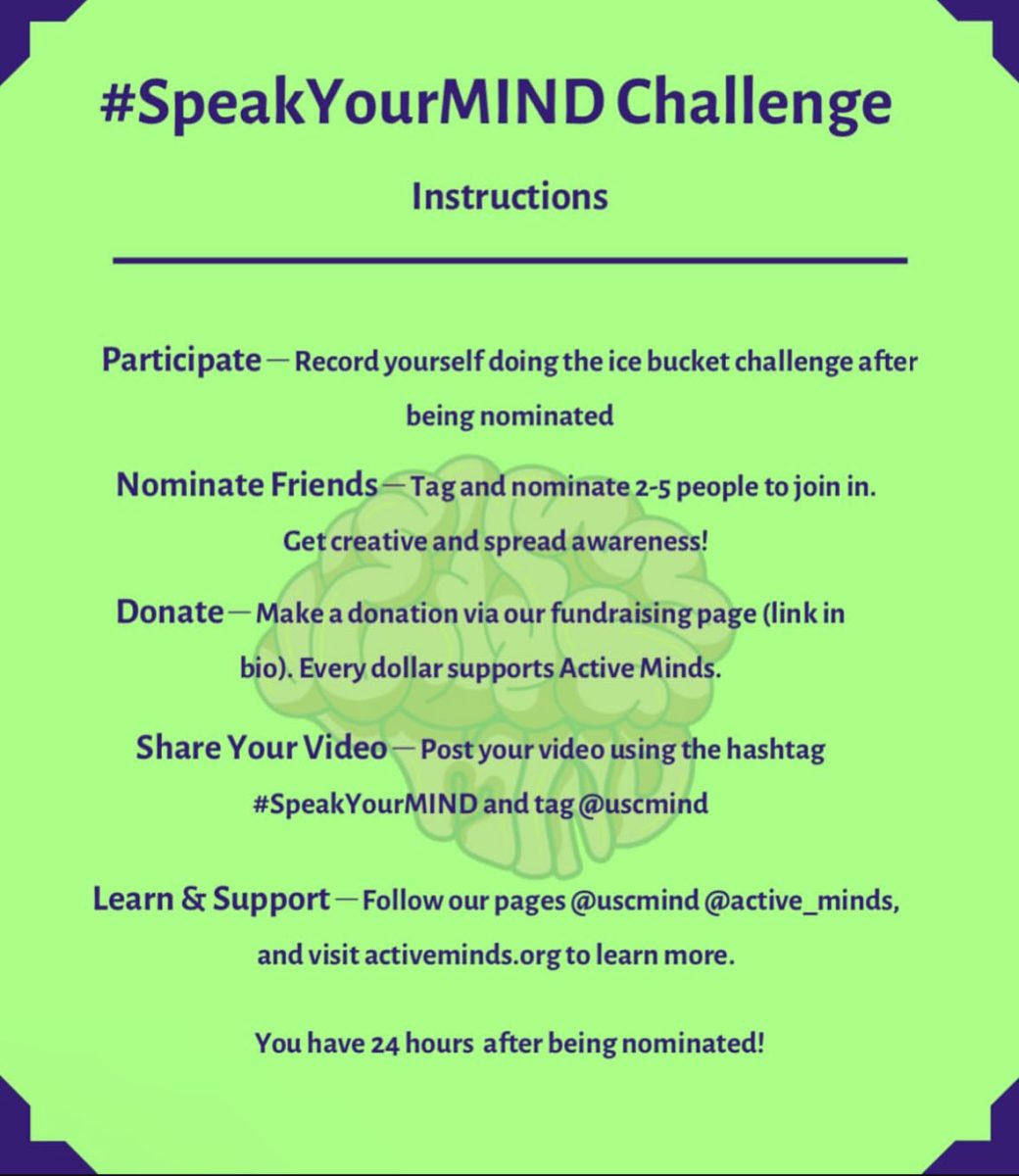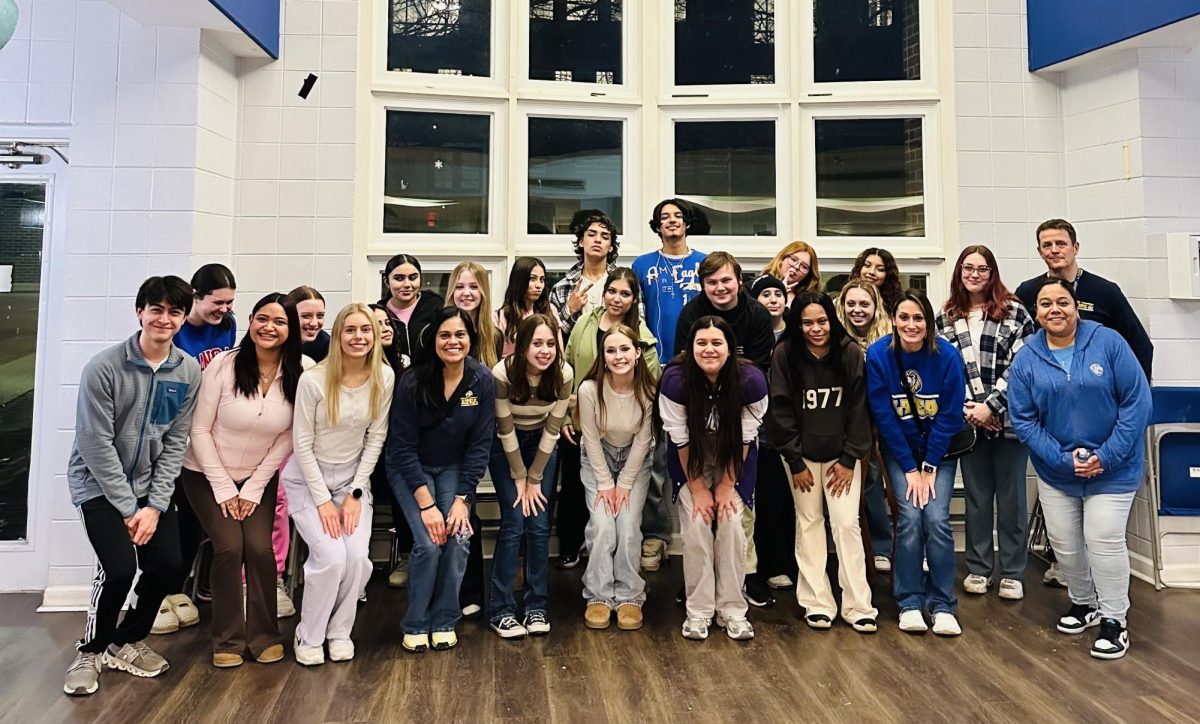Control the curriculum
by Aero Gartner
We are all required to earn the same amount of credits in order to graduate high school. This means that oftentimes, hundreds of students enroll in the same course. Surely, to best manage this high volume of students, a cohesive curriculum would be the best option, right?
Obviously all of the students involved in the same class will be taught utilizing the same curriculum map, the same pacing, and the same units. If only that were the case.
Allowing teachers to decide based on their own preference the order and pace with which they teach can be incredibly damaging for the education of their students.
The order in which we’re taught units in any given course has a huge impact on how well we’re able to learn. For example, last year while I was taking physics, most of my close friends had a different teacher than I did. This should not have been an issue as we could collaborate outside of school, but every physics teacher focused on a different unit at a different time. While I was learning about Newton’s laws, my friends were learning about projectile motion. Even though we were all in the prep course, it seemed that our knowledge of the subject was entirely different for most of the year.
Similarly, this year seniors in AP Rhetoric of Language and Composition are reading “1984” by George Orwell. While many classes began reading the book in September, others picked up the story well into October. How can students be expected to reach their full potential in their classes if they can not receive help from those enrolled in the same course as them?
While there are other ways to receive help, these solutions pose a few issues. For starters, hiring a tutor is expensive and not affordable for everyone. Along with this, students drowning in after school activities and work hours often do not have the time for a tutor.
The other option is the drop-in center. While the drop-in center is an incredibly helpful resource, it would be much more beneficial if students followed the same curriculum pacing. Oftentimes, going to the drop-in center simply requires you to spend 10 of your all-too-few minutes explaining that no, you haven’t learned “xyz” yet even though the last four students who came in have. If everyone was following the same pacing and the same curriculum, those at the drop-in center would have a significantly easier time helping students without needing a rundown of where each teacher is in the course.
The easiest way to help students succeed is to allow them to help each other. The only way we can successfully do so is if we are all learning the same subjects. A cohesive curriculum across all teachers is more than a want—it’s a need. In orde r to reach our full potential as students, we need resources that are consistent for everyone.
Teachers’ choice
by Mckinley Huffman
We all know the confusion and frustration of talking to a friend who is taking the same class as you but with a different teacher, only to realize that they are learning completely different things or are behind or ahead of your class. Trying to help each other study for an upcoming test or even work on a homework assignment is impossible.
Still, it is crucial to remember that each teacher is an individual with their own experiences, perspectives, and methods. What one thinks is the best approach to teaching their subject may not be the same for another, and it is important for each to feel that they are able to teach their class as they see fit.
In AP Lang last year, my class was often at a different point than the others were. While we were still reading one book, my friends in the same class had moved on to the next, or vice versa. While they were writing essays, we were making presentations, and the other way around.
At first, I found this incredibly frustrating, as I wanted to work with my peers and discuss what we were doing in the course. I worried that I would be less prepared for the AP exam than others who had teachers that were moving faster or focusing more on AP-style questions than my class was. Yet as the year progressed, I came to terms with the differences.
By May, I realized that I wouldn’t have wanted the class any other way because since my teacher taught the class in the way that she felt would be most effective, she was able to teach us to her fullest capability. The class was engaging, interesting, and relevant. I got a five on the AP exam, and I know that I wouldn’t have found as much success had my teacher been forced to teach in a less productive way or with a binding timeline.
AP Physics 1 is another class that each teacher seems to teach differently. Though the order of subjects taught is universal, homework requirements, note-taking methods, and in-class materials vary greatly. Last year, my class only required worksheets and Canvas quizzes, while many of my friends completed additional textbook problems and spent entire class periods going over them. I received guided notes, but my peers took them by hand. Again, though this contrast was frustrating at first, learning the way your teacher sees fit is ultimately the most important thing.
Though working with friends taking the same classes is always beneficial, varying curriculums allow students to make connections with peers within their classes that they may not have otherwise reached out to, improving the LT community as a whole. While this is outside of the comfort zones of many, students are also always able to ask their teachers for additional support.
Despite seeming irritating and disconcerting at first, allowing freedom and flexibility for teachers in the way that they teach their classes results in more effective learning and a better experience for students. The best classes are those with the best teachers—and teachers can be at their best when they have the autonomy to teach the way that they choose.





















![Movie poster for '[Rec]" (2007).](https://www.lionnewspaper.com/wp-content/uploads/2023/04/rec-640x900.jpg)









